1. Tomatoes: Once Feared as Poison
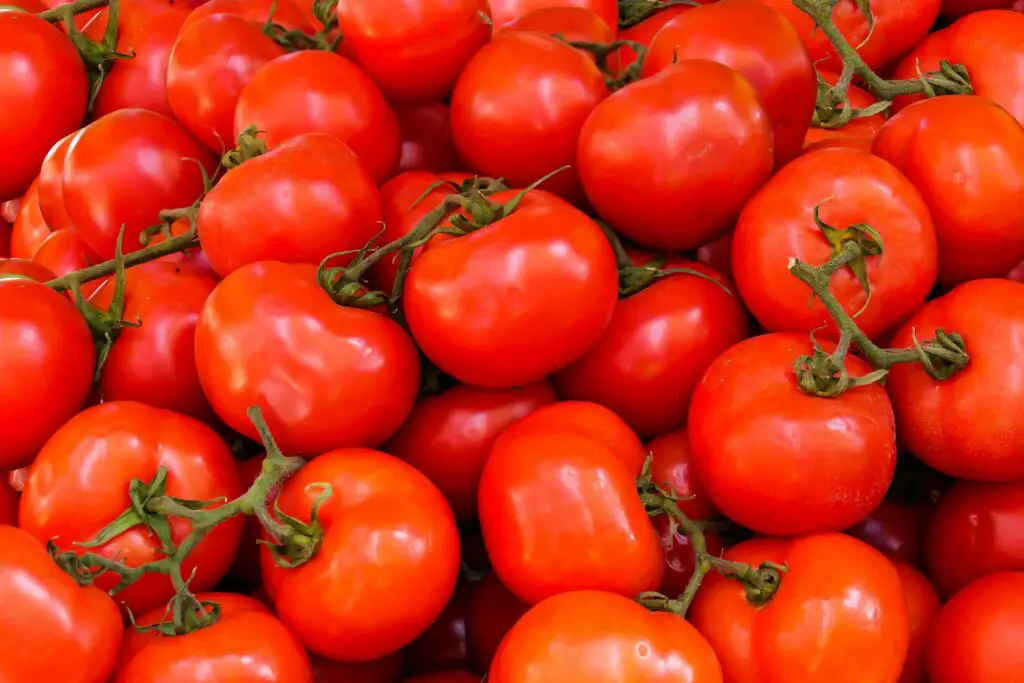
Believe it or not, the humble tomato was once dubbed the “poison apple.” Back in 18th-century Europe, people thought tomatoes were deadly because aristocrats who ate them often got sick—or died. The real culprit? Their pewter plates, which leached lead when combined with the tomato’s acidity. So, tomatoes got the blame, and people steered clear.
Fast forward to today, and tomatoes are everywhere—from pizza sauce to caprese salads. They’re praised for their lycopene content and heart-healthy benefits. It’s wild to think that something so central to modern cuisine was once feared. Makes you wonder what other foods we’re misjudging right now.
2. Potatoes: Associated with Disease and Witchcraft
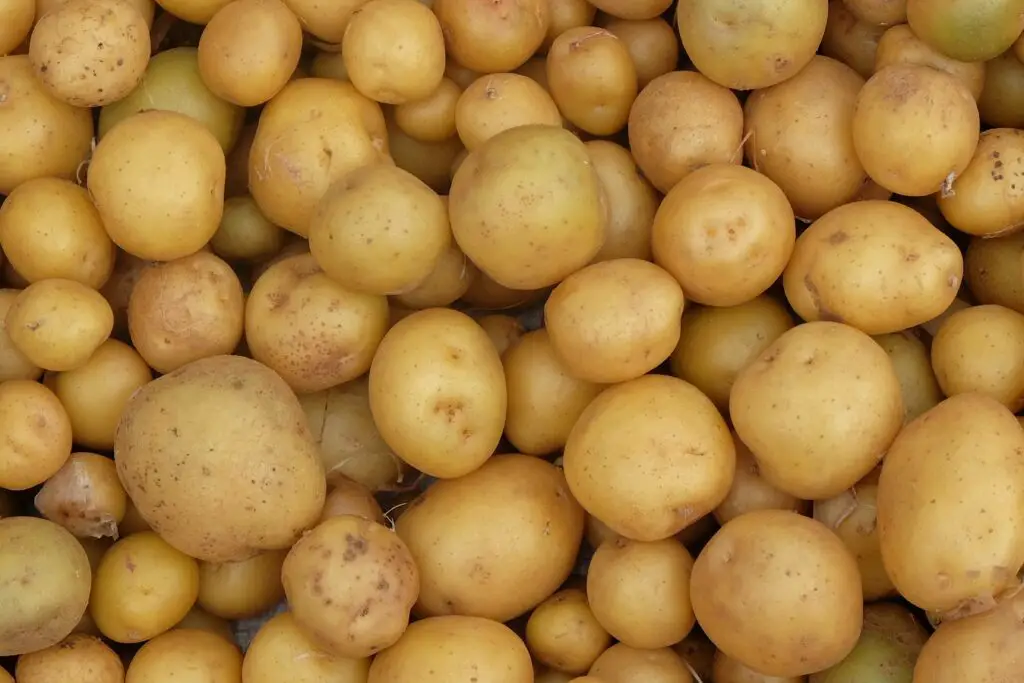
Potatoes had a rough start in Europe. When they were first introduced from South America, people were suspicious—they weren’t mentioned in the Bible, so some thought they were evil. Others believed they caused leprosy or were linked to witchcraft. Farmers refused to grow them, and they were mostly used to feed livestock.
Now? Potatoes are comfort food royalty. Mashed, fried, baked—you name it, we love it. They’re a staple in nearly every culture’s cuisine. It’s a pretty dramatic glow-up for a vegetable once considered cursed.
3. Lobster: Prison Food Turned Luxury
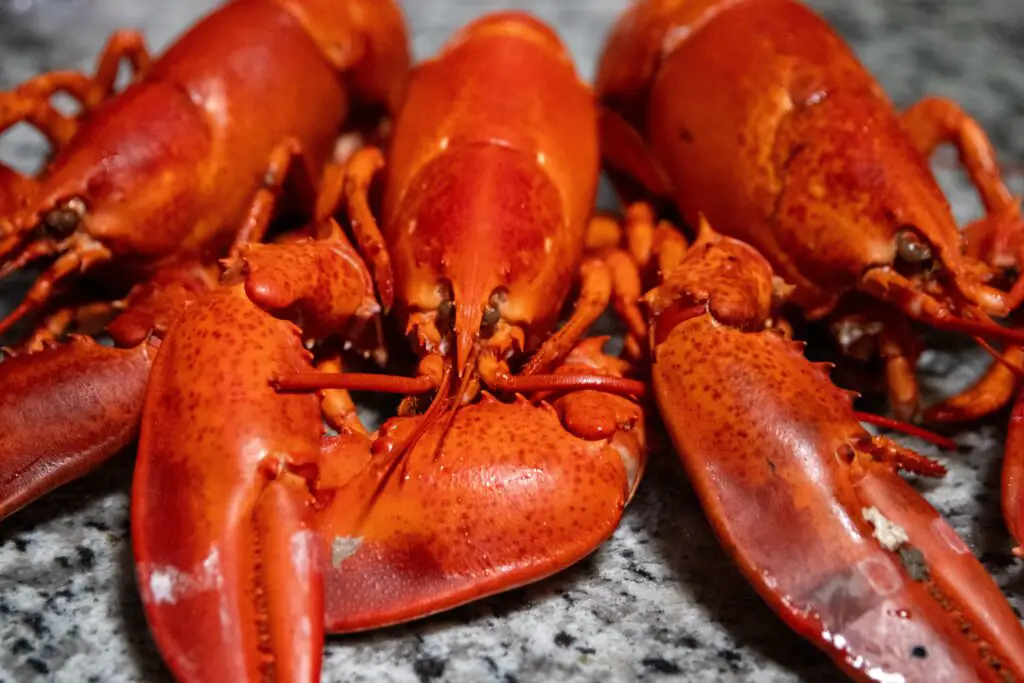
Lobster used to be so abundant in colonial America that it was considered trash food. It was fed to prisoners, servants, and even used as fertilizer. People were embarrassed to eat it, and some states had laws against serving it to inmates more than a few times a week. It was basically the cockroach of the sea.
Today, lobster is a delicacy with a price tag to match. It’s the star of fancy dinners and seaside vacations. The irony is delicious—literally. From prison trays to white tablecloths, lobster’s journey is one for the culinary history books.
4. Coffee: Banned for Stirring Rebellion
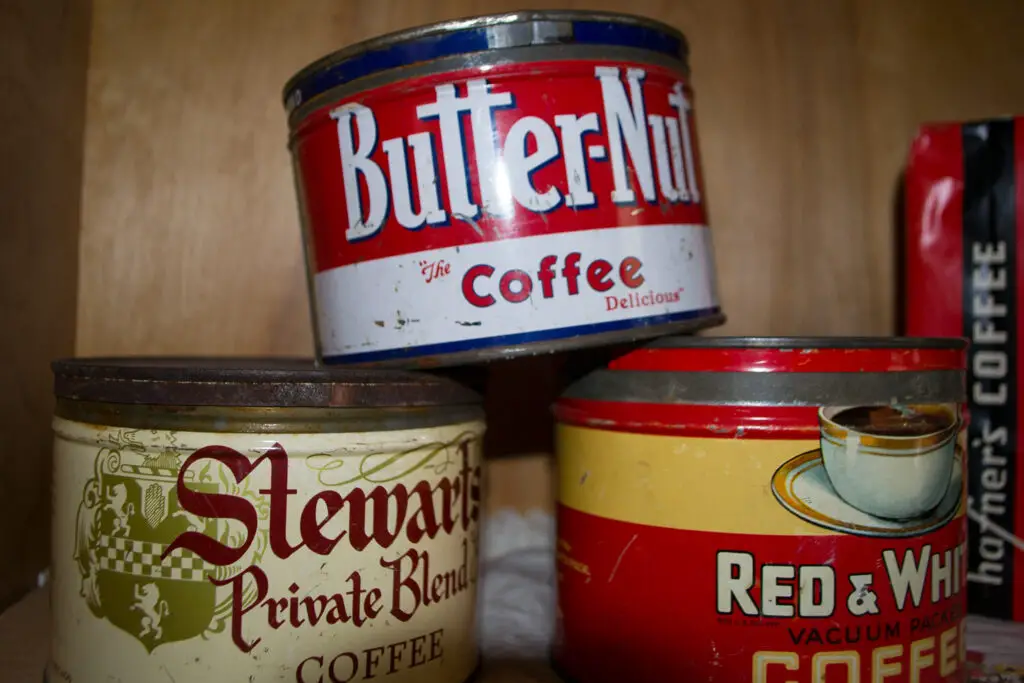
Coffee wasn’t always the beloved morning ritual it is now. In 16th-century Mecca, it was banned because authorities feared it encouraged radical thinking and rebellion. Similar bans popped up in Europe, where rulers worried that coffeehouses were breeding grounds for dissent. Some even claimed coffee was a health hazard or a gateway to immoral behavior.
Now, coffee is practically a global necessity. It fuels workdays, social gatherings, and late-night study sessions. People bond over it, obsess over brewing methods, and spend small fortunes at cafés. Not bad for a drink once accused of inciting revolution.
5. Sushi: Raw Fish Panic
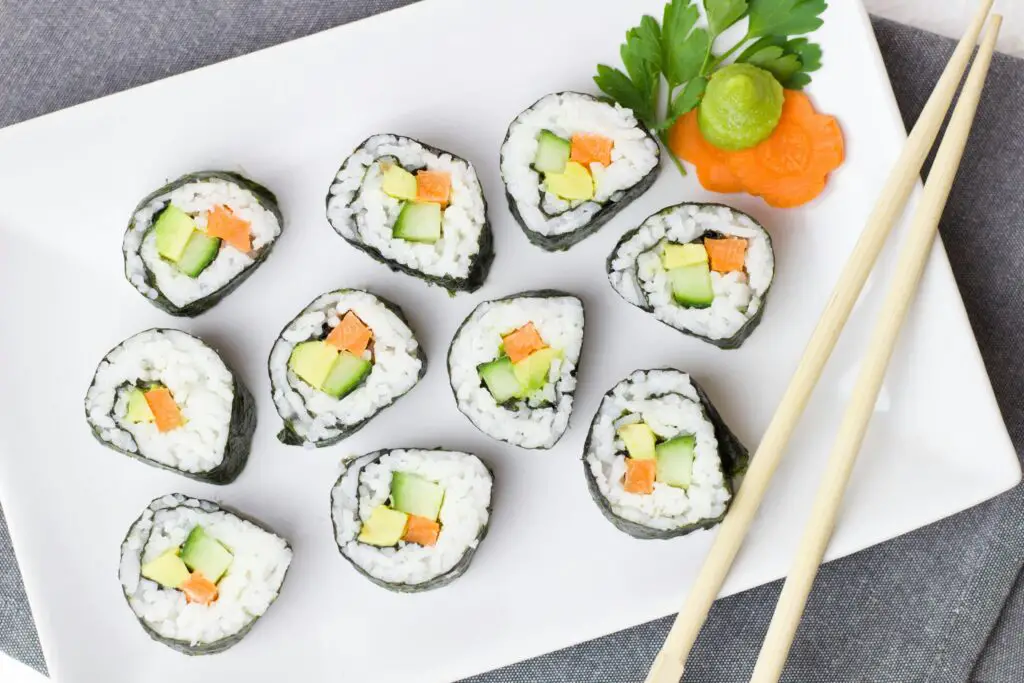
When sushi first made its way to Western countries, people were horrified at the idea of eating raw fish. It was seen as unsanitary, risky, and downright bizarre. Health officials warned against it, and many assumed it would lead to food poisoning. The concept of “freshness” hadn’t quite caught up to the culinary technique.
Today, sushi is a global phenomenon. From high-end omakase experiences to grocery store rolls, it’s everywhere. People debate the best cuts of tuna and chase seasonal delicacies. It’s a perfect example of how cultural perception can shift dramatically over time.
6. Chocolate: Once Blamed for Madness

Chocolate wasn’t always the sweet treat we know and love. In the 17th century, some European doctors believed it could drive people mad or stir uncontrollable passions. Religious leaders warned that it was sinful and indulgent. There were even debates about whether it should be banned entirely.
Now, chocolate is practically a love language. It’s given on holidays, used in desserts, and studied for its antioxidant properties. From dark to milk to ruby, it’s celebrated in countless forms. Hard to imagine something so comforting was once considered a threat to sanity.
